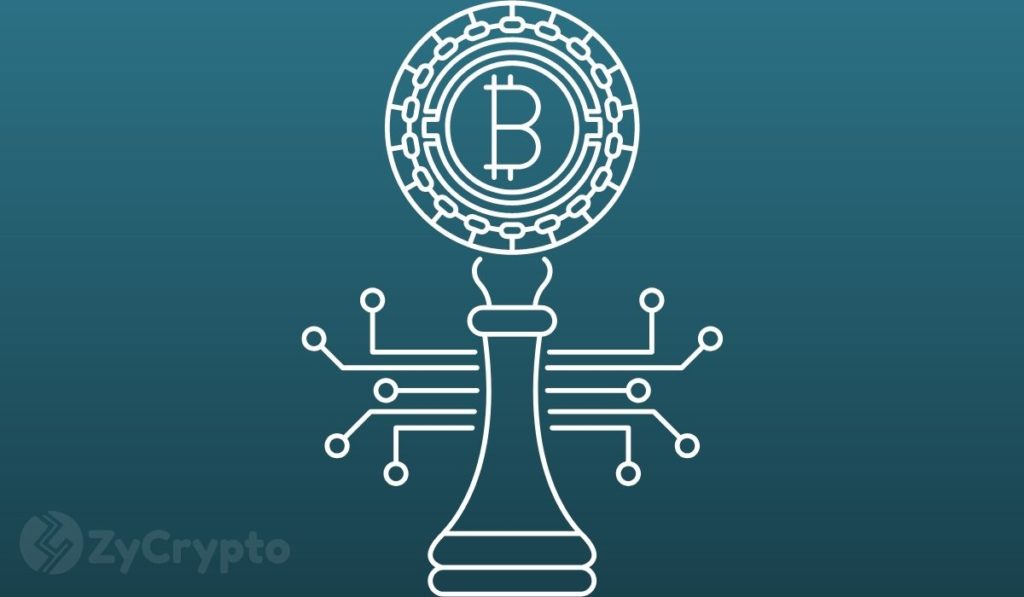2022-2-8 21:17 |
The decentralized finance industry needs a severe shakeup where its current borrowing requirements are concerned. Forcing users to put up more collateral than they seek to borrow is not feasible in the long term. Hashstack solves this issue by bringing undercollateralized loans to decentralized finance.
Unlocking The Full Potential of DeFi LendingThe concept of decentralized lending and borrowing provides a necessary alternative financial approach. Millions of people have little or no access to traditional financial products and services. The underbanked and unbanked population will be the primary beneficiaries of decentralized finance, but only if the requirements are manageable.
In the current lending and borrowing landscape, those requirements make little sense. More specifically, users looking to borrow funds need to put up 150% of the borrowed amount – or more – as collateral. That seems strange, as one traditionally puts up a maximum of 50% of what they want to borrow as collateral when dealing with banks. Moreover, the requirement to have more money than you want to borrow does not appeal to unbanked or underbanked individuals.
S&P Global put out a study in 2021 depicting how DeFi lending can disrupt traditional systems. However, they also identified certain constraints that have to be addressed. One of the main concerns is the collateral requirements, which hold back the potentially massive growth of lending volumes. Additionally, most current DeFi borrowing involves acquiring more crypto assets rather than solving real-world problems.
Changing that narrative is crucial for decentralized finance to gain mainstream adoption. Unfortunately, very few protocols provide solutions to these problems. Hashstack and its undercollateralized loans offer a new take on decentralized lending and borrowing.
Hashstack’s Open Protocol Arrives On The TestnetMaking decentralized loans more accessible requires lowering the collateralization requirements. Hashstack Finance acknowledges things need to change on that front and aims to facilitate the transition through its Open Protocol. The new DeFi lending protocol offers non-custodial and secure undercollateralized loans with up to a 1:3 collateral-to-loan ratio. It is a welcome change from the average 1.5:1 collateral-to-loan ratio found in today’s DeFi industry.
More importantly, users can withdraw up to 70% of their collateral after acquiring a loan. The remainder of the collateral and acquired loan are in-platform trading capital, giving users more flexibility over their funds. Being able to borrow $1,000 with roughly $333 in collateral paves the way for broader mainstream adoption of decentralized finance. Accelerating the growth of DeFi lending is crucial, especially where mainstream users are concerned.
Another crucial benefit of Hashstack is how it integrates with existing DeFi solutions. For example, users can access all of PancakeSwap’s market swaps and improve their loan utilization. In addition, borrowers can swap borrowed tokens into any other currency supported by this decentralized trading platform. For example, open Protocol supports BTC, USDT, USDC, BNB, and HASH on Binance Smart Chain, Ethereum, and the Avalanche C-chain.
ConclusionThe advent of undercollateralized loans changes the public perception of decentralized finance. Removing the hurdles to adoption paves the way for the global adoption of these innovative protocols. Moreover, it helps the industry achieve its goal of being a viable alternative to traditional finance, especially for borrowing and lending.
The approach by Hashstack Finance shows collateral requirements for DeFi loans do not need to be as high as they are today. Moreover, its integration with DEXes like Pancakeswap creates many exciting opportunities. Modularity is a crucial aspect of decentralized finance, and integrating various protocols’ technology into one user interface makes for an appealing option.
origin »Wish Finance (WSH) на Currencies.ru
|
|

















